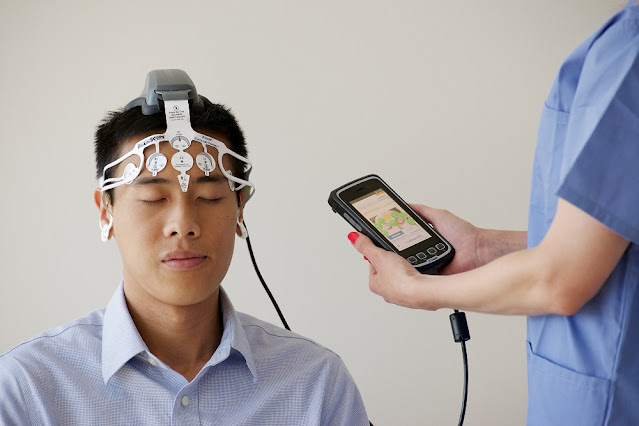The Power of Touch: Leveraging Biometric Cards for Access Control and Security
 |
| Biometric Card |
With the growing security risks associated with
traditional identity cards, there is a need for a more robust verification
system. Biometric cards aim to solve this problem through embedding advanced
identity verification techniques like fingerprints and facial recognition
directly into identity documents. Let's take a deeper look into biometric cards
- how they work, the benefits they provide, and their future potential.
How Biometric Cards Work
Biometric cards contain secure microchips embedded directly into the card that
can store fingerprint templates, facial images, or other biometric data. When a
user presents their biometric card for identity verification, a biometric
scanner reads the stored biometric data and matches it against the live sample
provided on the spot.
The microchips used in biometric cards have advanced security features like
encryption and tamper-resistance to safeguard the stored biometric data. During
the enrollment process, government authorities capture and securely transmit an
individual's biometric data to the card manufacturer. This data is then
embedded into the card's chip during production.
When verifying identity, biometric cards are inserted into or tapped on readers
that can extract the stored biometric template, compare it to the scanned
fingerprint/facial image, and confirm a match. The entire process takes only a
few seconds, delivering a fast and seamless verification experience.
Benefits of Biometric Cards
Biometric cards eliminate the risk of identity theft, fraud, or card
duplication through forgery-proof identity verification. By comparing a live
biometric sample to the one stored on the card, authorities can reliably
establish someone's identity. Forged or borrowed cards cannot be used.
Tamper-Proof Security
The encrypted biometric templates and tamper-resistant microchips ensure
biometric data cannot be extracted, altered, or replaced. Even if a card is
lost or stolen, the biometric information stored on it remains secure.
Convenience
Fingerprint or facial verification takes only seconds to complete, offering a
very convenient identity verification process compared to manual ID checks.
This makes biometric cards ideal for fast identity checks at borders, airports,
and other places demanding expedited clearance.
Future Uses: Passports and National IDs
Governments worldwide are exploring integrating biometrics into travel and
identity documents like passports and national IDs to strengthen verification
procedures and curb document fraud.
Many countries have already implemented biometric passports containing
fingerprint and facial templates of passport holders. When combined with facial
recognition systems at airports, they allow authorities to verify identities
fully automatically during immigration clearance.
Similarly, national ID cards of many nations now contain fingerprint and facial
biometrics of their citizens. Verification using biometric national IDs is
becoming the standard identity check procedure for a variety of citizen services
and entitlements.
Social Security Programs
Using biometric Social Security cards can help prevent Social Security number
misuse and identity theft. Storing fingerprint biometrics on these cards will
allow verifying individuals' identities with reliability when they access
Social Security benefits or perform transactions requiring ID proof.
Some key benefits of biometric Social Security cards include curbing Social
Security fraud, confirming individuals' identities electronically, and
protecting people's personal information and benefits entitlement. The Social
Security Administration is actively exploring transitioning to biometric Social
Security cards.
Challenges and Criticism
Critics argue that building large centralized Biometric
Card databases through national
ID systems can potentially enable government surveillance and compromise civil
liberties. Some are also concerned about vulnerabilities in biometric systems
that could enable hacks and data breaches.
Reliance on biometrics could also make populations vulnerable if biometric
databases are ever hacked or breached. Additionally, technologies used for
biometric matching have varying accuracy rates with some groups like the
elderly population. Faulty matches can negatively impact individuals.
Another challenge is potential for biometric data collection without
individuals' meaningful consent under some biometric identification systems.
Ethical guidelines must ensure data use transparency and individual rights are
strictly protected under any biometric ID system. Technical issues like
insecure databases and transactions also need addressing.
Despite challenges, biometric cards' ability to deliver highly secure and
convenient identity verification has made them popular identity document upgrades
globally. As technological capabilities improve further, biometric cards have
strong potential in verifying identities for important services seamlessly.
With robust privacy safeguards, biometric cards can go a long way in combating
identity fraud risks while offering hassle-free digital identification
experiences.
Get
more insights on- Biometric
Card
Check more
trending articles related to this topic: U.S.
costume jewelry



Comments
Post a Comment